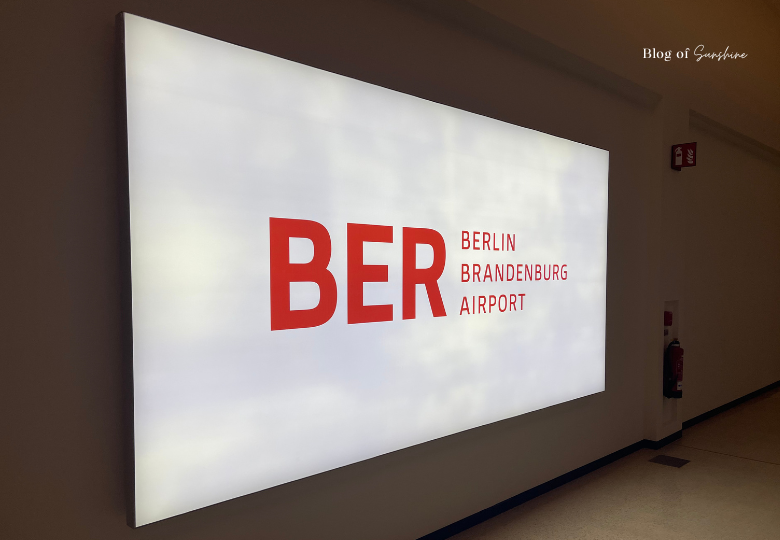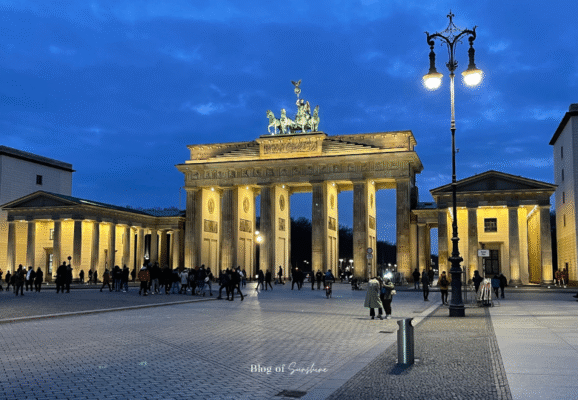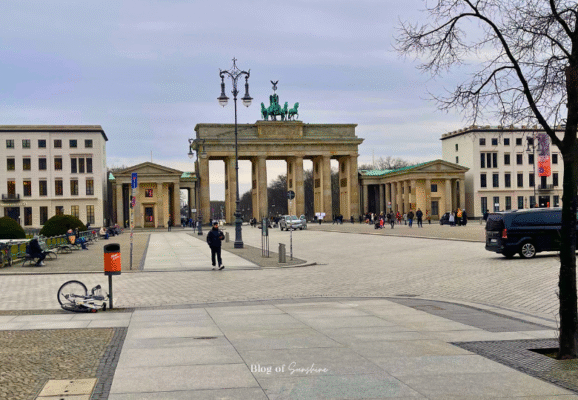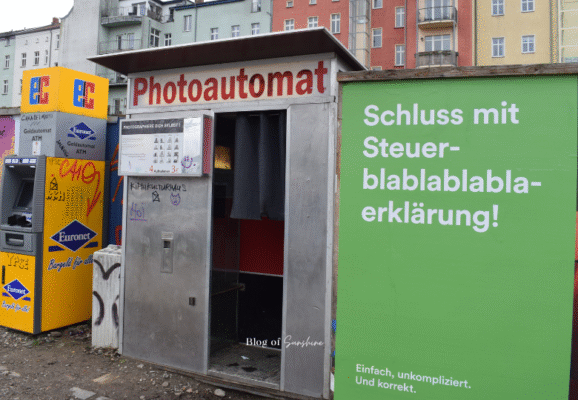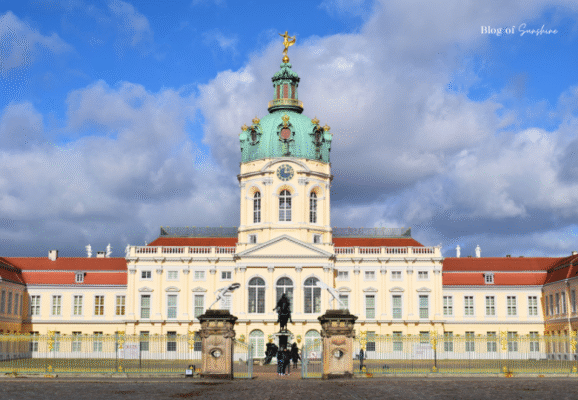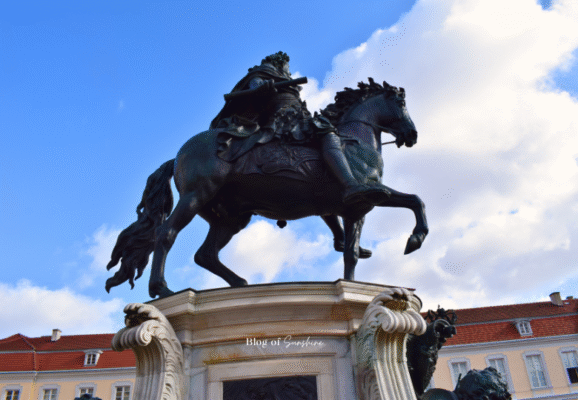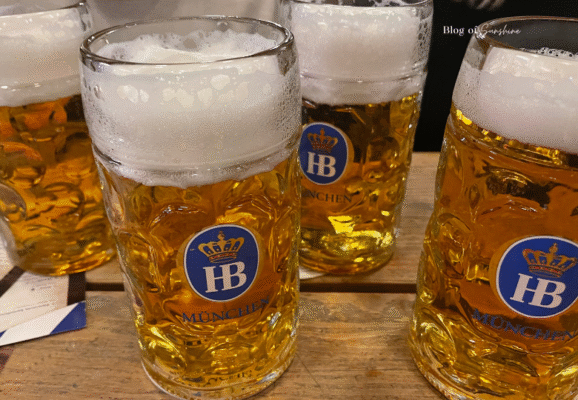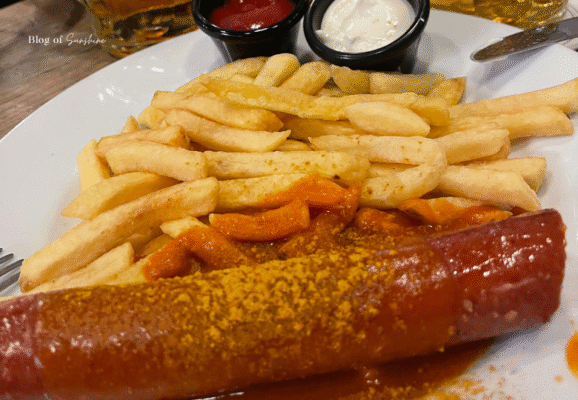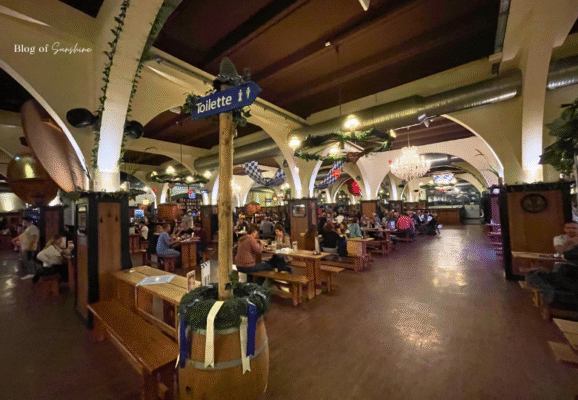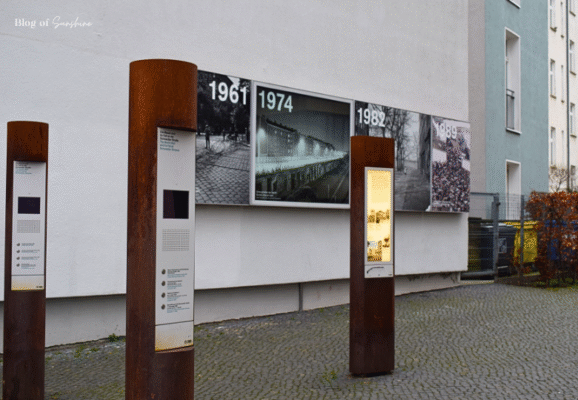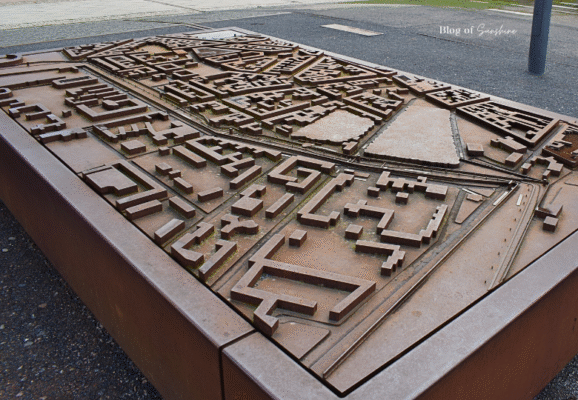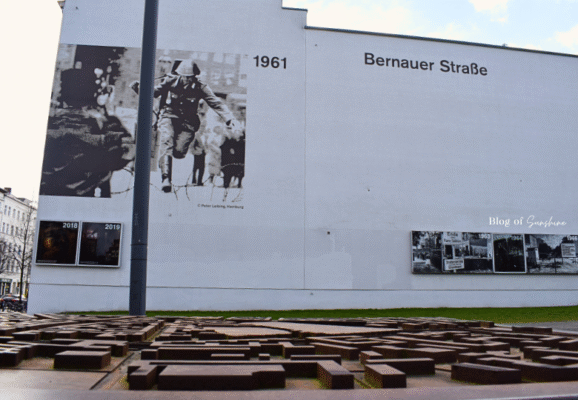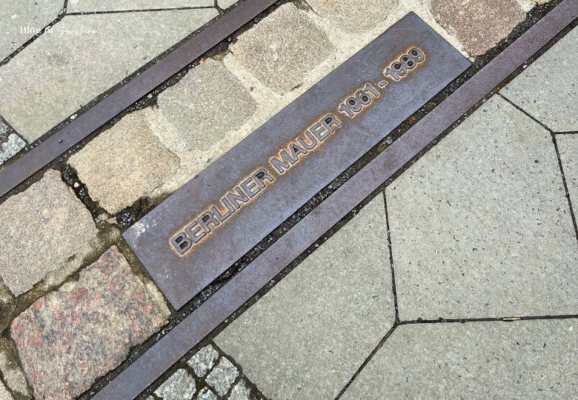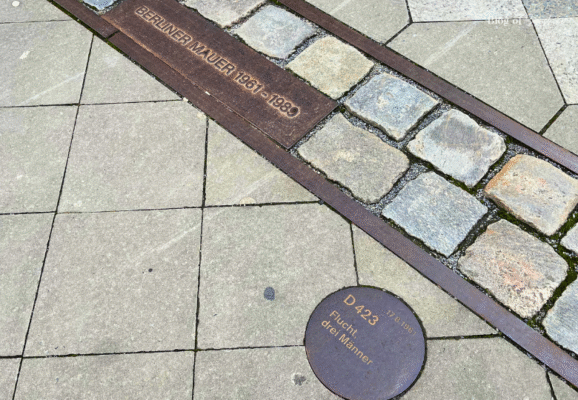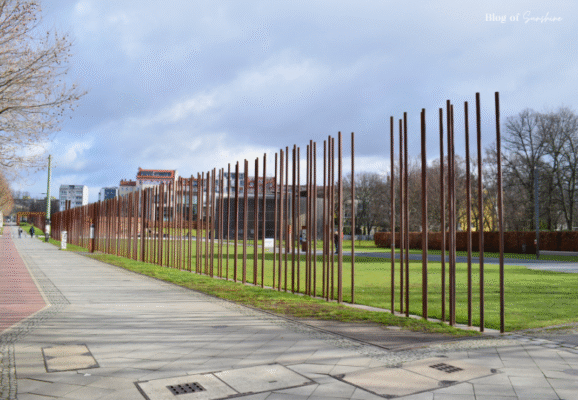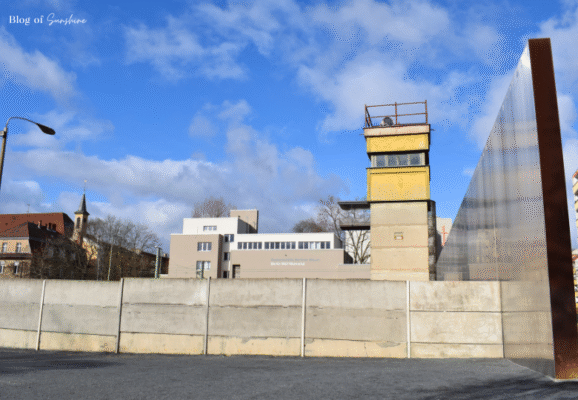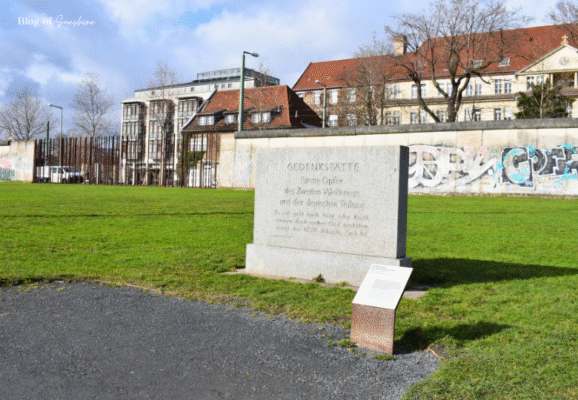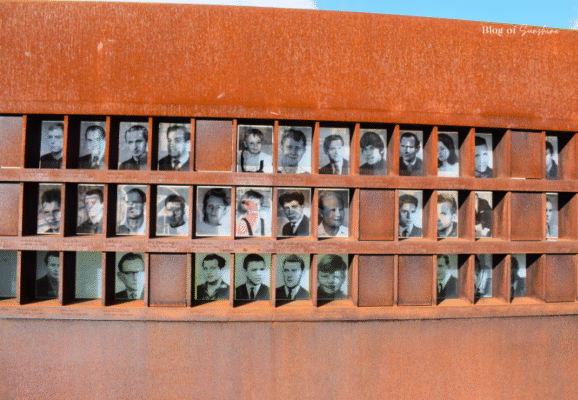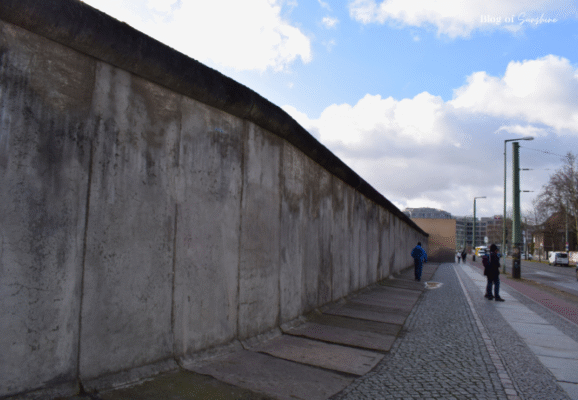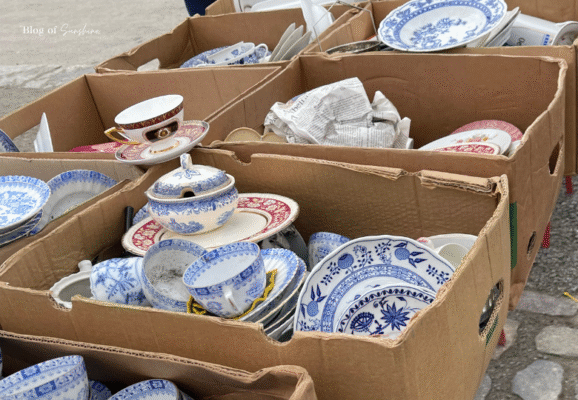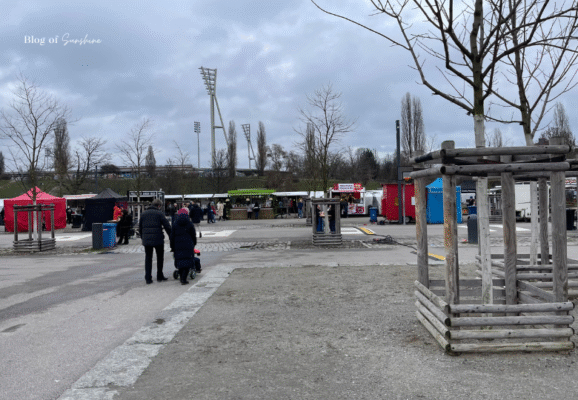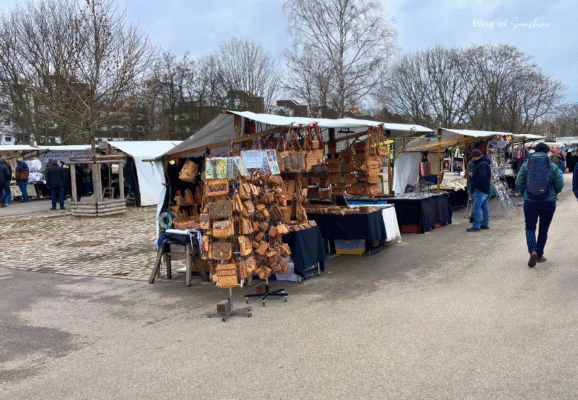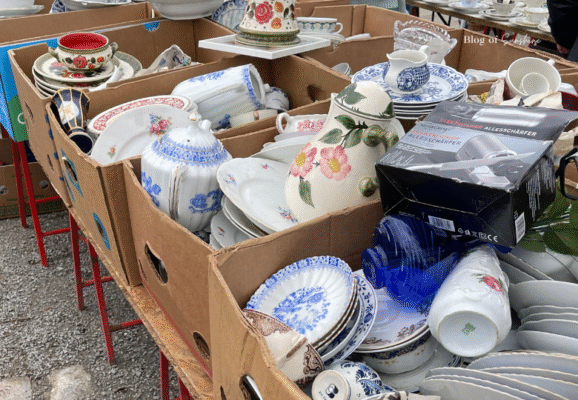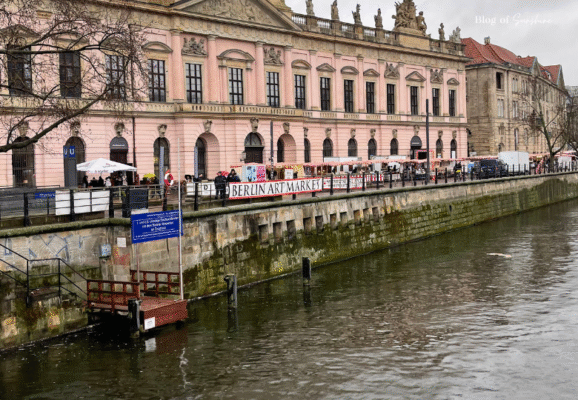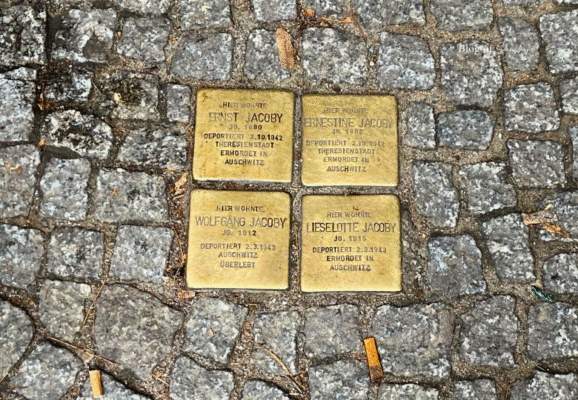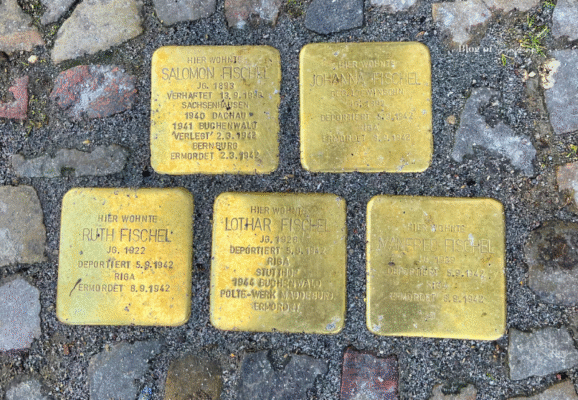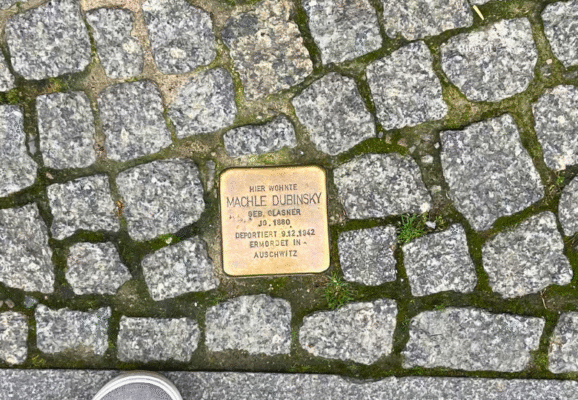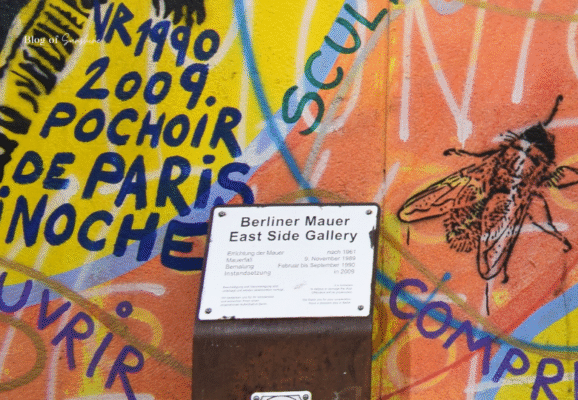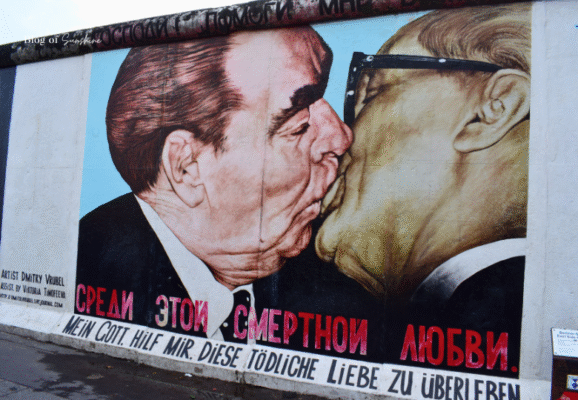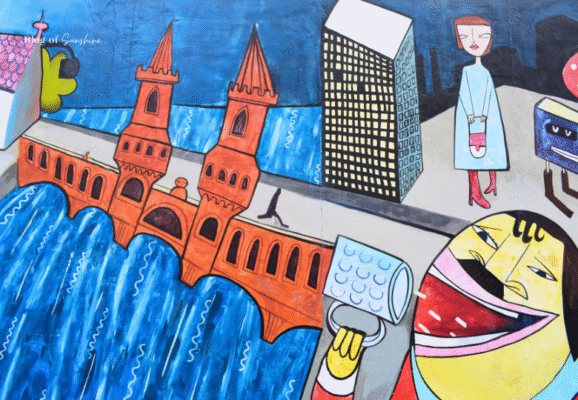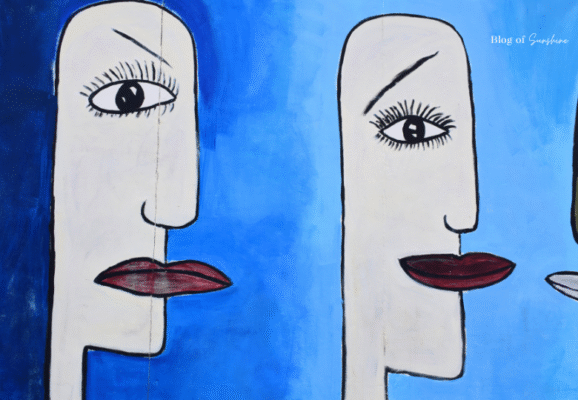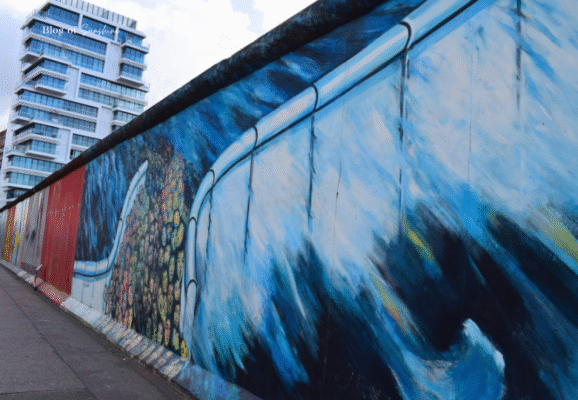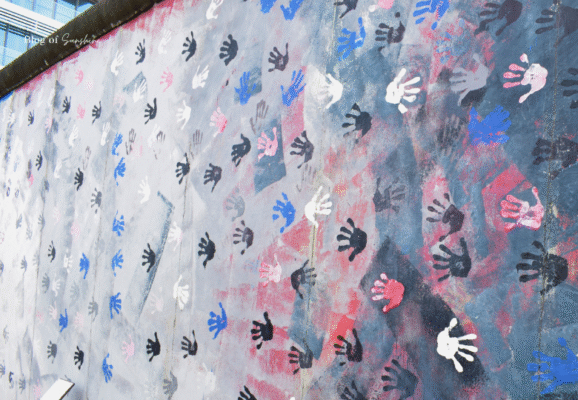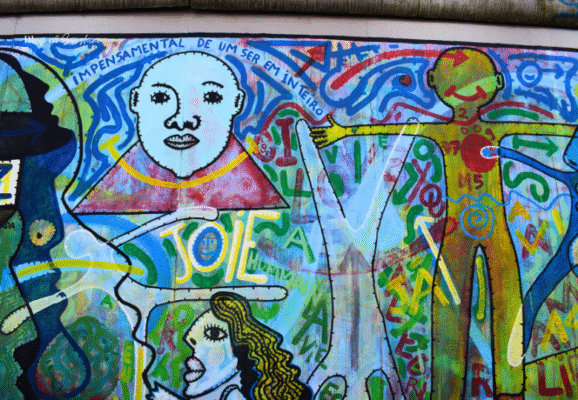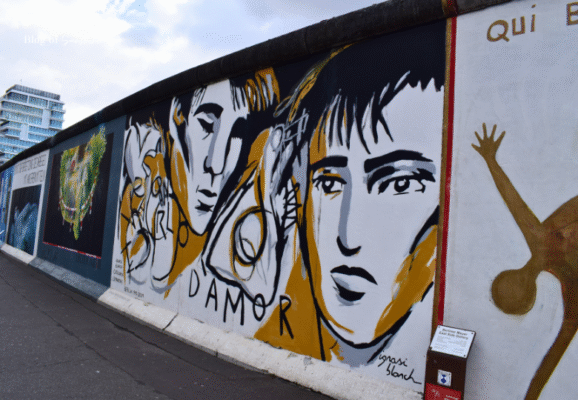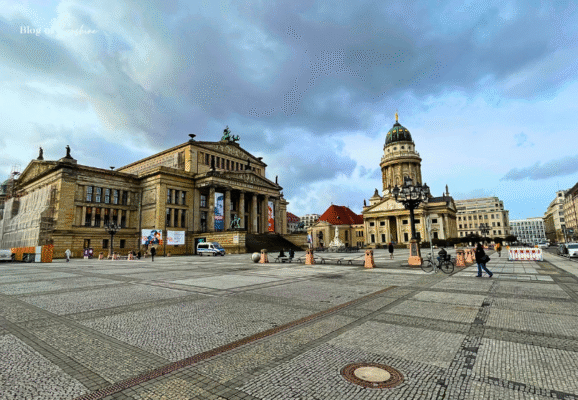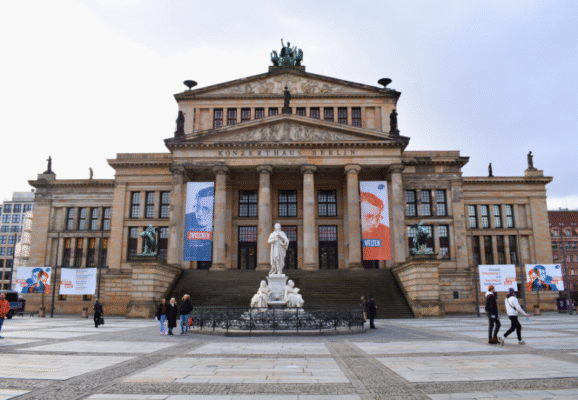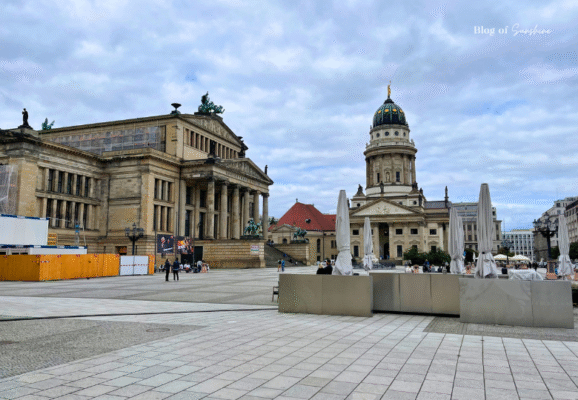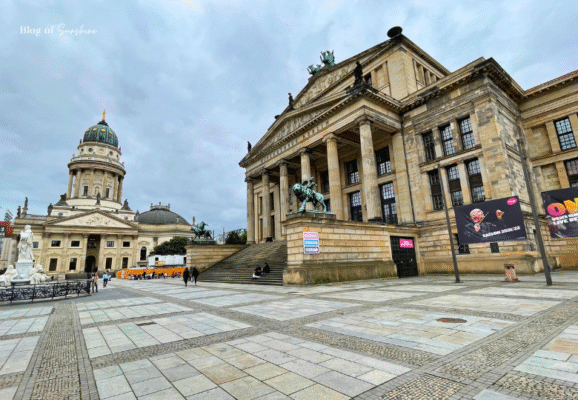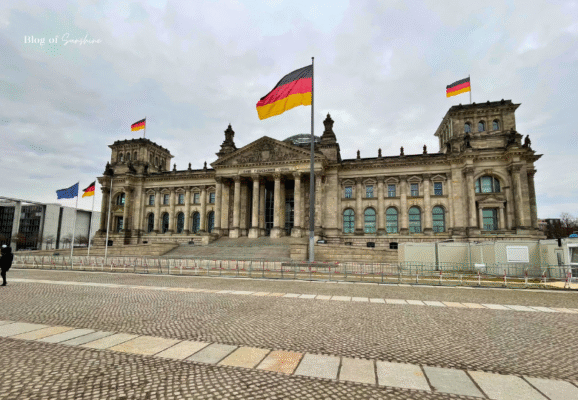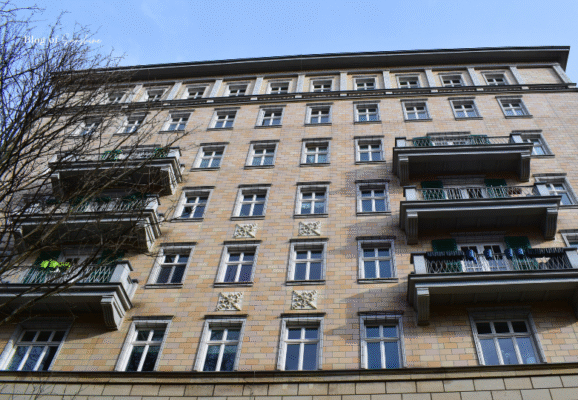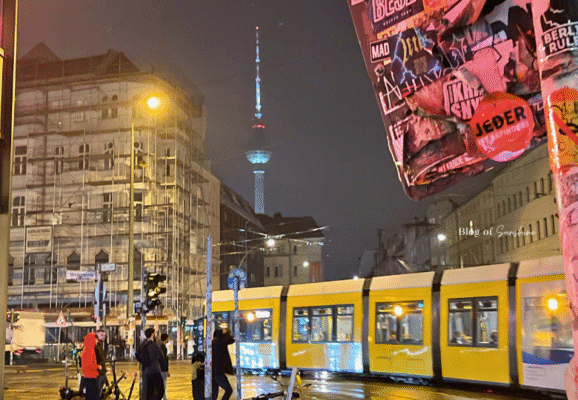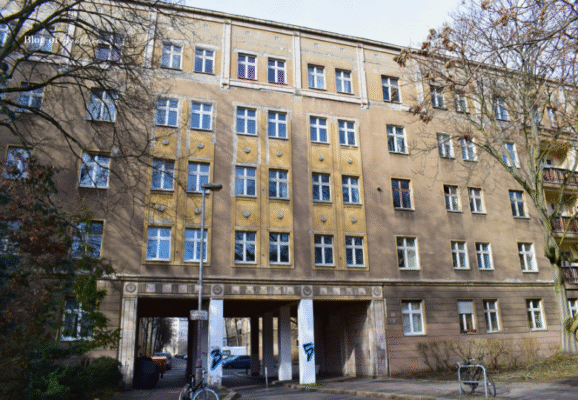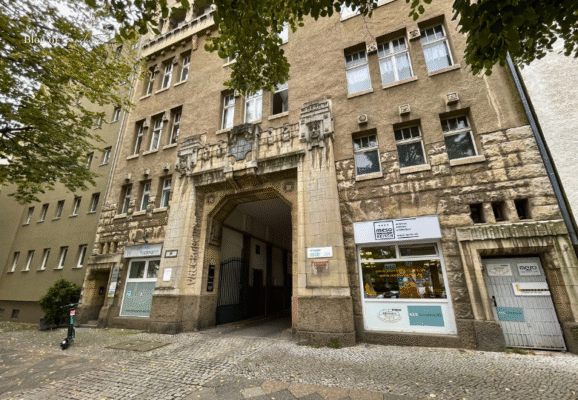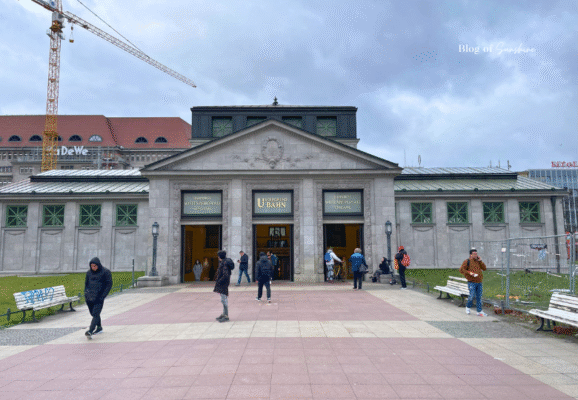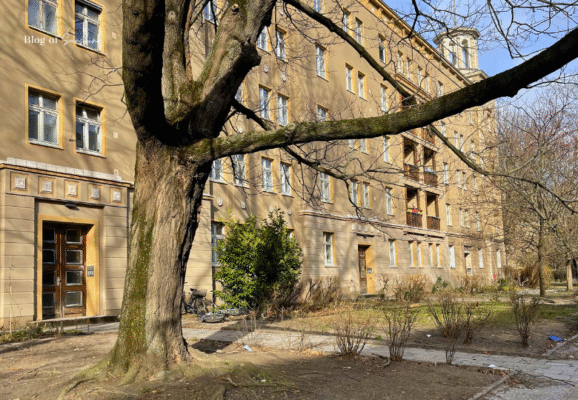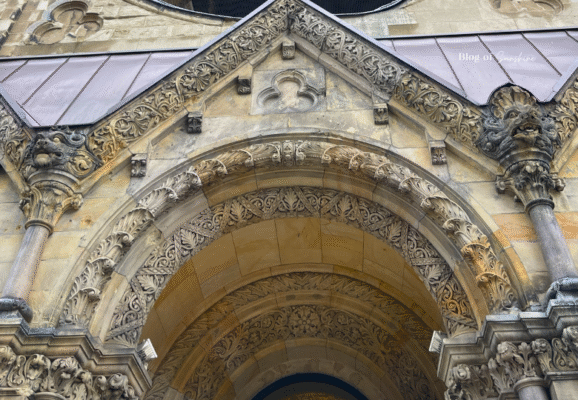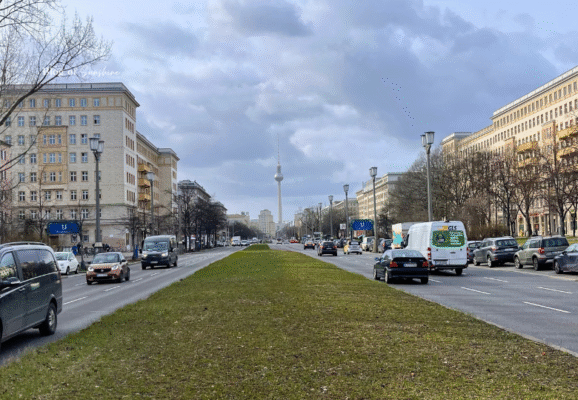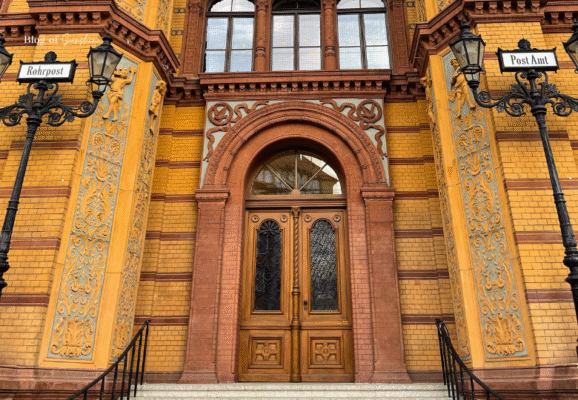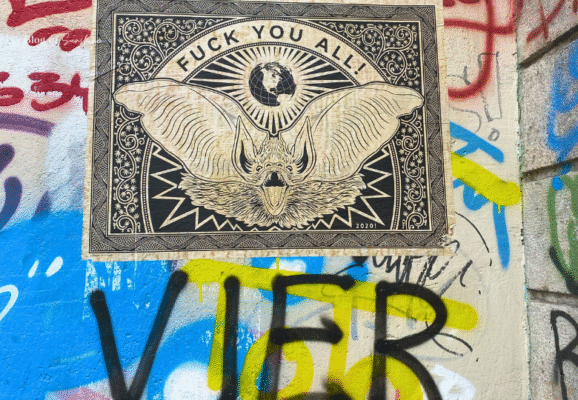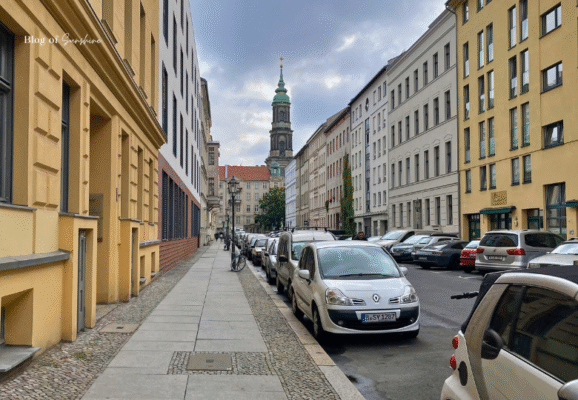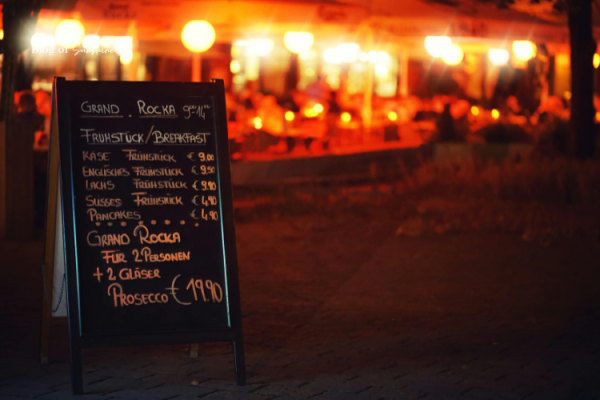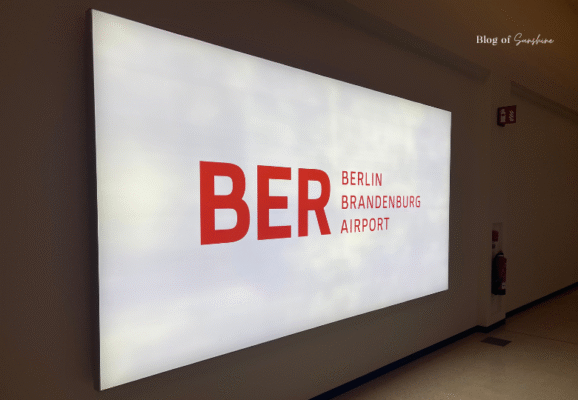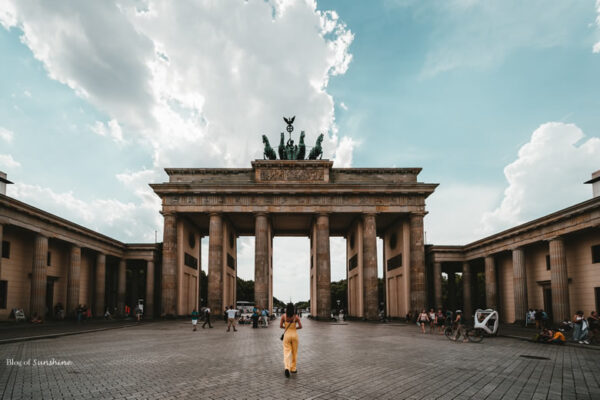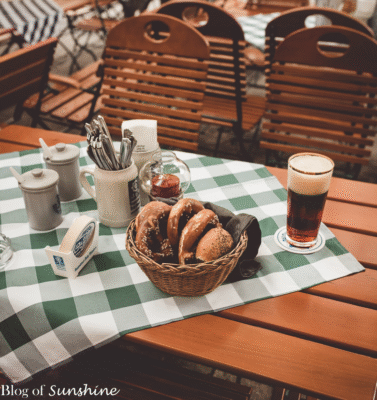Table of Contents
🥇 Brandenburg Gate – Berlin’s Iconic Landmark of Unity
If you’re putting together a list of things to do in Berlin, the Brandenburg Gate has to be on it. It’s one of the city’s most iconic landmarks, and even if you’re not planning to visit it, chances are you’ll walk right past it without even trying.
This neoclassical monument was built in the late 1700s as a grand entrance to the road leading to Brandenburg an der Havel. Over the centuries, it went from a decorative structure to a powerful symbol of Berlin’s history. During the Cold War, it stood quietly between East and West Berlin, stuck in the border zone and completely out of reach. People could see it, but no one could get close.
That changed in 1989. When the Berlin Wall fell, the Brandenburg Gate became a gathering place, filled with people celebrating the reunification of the city. It quickly turned into a symbol of freedom, hope, and a new chapter for Germany.
These days, it’s one of the most visited attractions in Berlin. You’ll find it in Pariser Platz, close to major sights like the Reichstag, Tiergarten, and the Holocaust Memorial. Whether you’re stopping by during the day or catching it at night when it’s beautifully lit up, the Gate is worth your time. Even if you’re not big on history, this one has a way of leaving an impression.
📸 Photoautomat – Berlin’s Analog Souvenir with Soul
While Berlin is packed with museums and monuments, sometimes it’s the smallest moments that create the most lasting memories, like ducking into a Photoautomat, one of the city’s beloved vintage photo booths.
These analog booths are scattered across Berlin, often found near street corners, cafes, and U-Bahn stations. Unlike modern digital versions, the Photoautomat still uses black-and-white film, producing a nostalgic strip of four photos that develop in just a few minutes. No filters, no retakes, just authentic snapshots of you and your travel companions, exactly as you are.
More than a novelty, the Photoautomat has become a symbol of Berlin’s creative, rebellious spirit. Locals and tourists alike line up to capture spontaneous memories, and some booths are even decorated with street art or stickers, giving each one its own personality.
Whether you stumble upon one in Kreuzberg, Friedrichshain, or near Museum Island, don’t leave Berlin without squeezing into one of these retro time machines. It’s a one-of-a-kind souvenir, and pure Berlin.
🏰 Charlottenburg Palace – Royal Grandeur in the Heart of Berlin
For a taste of Berlin’s royal past, head west to the magnificent Charlottenburg Palace (Schloss Charlottenburg) – the city’s largest and most beautiful former royal residence. Built at the end of the 17th century for Queen Sophie Charlotte of Prussia, the palace is a stunning example of Baroque and Rococo architecture, complete with manicured gardens, a domed tower, and lavish interiors (which you can explore with a ticket).
Even if you don’t go inside, the palace is breathtaking from the outside. Its elegant façade, arched colonnades, and iconic green dome offer the perfect backdrop for photos. Just across the road from the main entrance, you’ll spot the imposing statue of Friedrich Wilhelm I (The Great Elector) on horseback – a majestic tribute to Prussia’s powerful legacy and one of Berlin’s most striking equestrian monuments.
Charlottenburg Palace is a peaceful retreat from the city’s hustle and bustle, ideal for a quiet walk, a historical detour, or a moment to admire Berlin’s royal roots.
🍻 Beer Pub München – Bavarian Beer Hall Vibes in the Heart of Berlin
For a bold, festive, and unmistakably German experience, Beer Pub München is a must-visit in Berlin. Far from a quiet pub, this is a lively Bavarian-style beer hall, complete with long wooden tables, high ceilings, and the sounds of live traditional music echoing through the space.
The atmosphere is instantly immersive, the staff wear traditional Bavarian dress (lederhosen and dirndls), and the music sets the tone with live performances of Bavarian folk tunes and drinking songs. It’s a place to laugh loud, toast your neighbor, and feel like you’ve stepped straight into a Munich beer festival without leaving Berlin.
The beer? As authentic as it gets. You’ll find a wide range of Bavarian brews on tap, served in hefty steins or crisp pint glasses. From classic Helles and Weissbier to malty Dunkels, every pour honors Germany’s legendary brewing tradition.
And the food doesn’t disappoint either. Currywurst mit Pommes (currywurst with fries) is a top seller, smoky sausage slices drenched in spicy curry ketchup, served with crispy golden chips. It’s a perfect pairing for a cold beer and great company.
There’s even a shop inside selling traditional Bavarian clothing, so you can grab a dirndl or lederhosen of your own and truly get into the spirit.
🧱 Berlin Wall Memorial at Bernauer Straße – A Sobering Walk Through Divided History
Located in the Mitte district of Berlin, the Berlin Wall Memorial at Bernauer Straße is one of the most moving and complete places to experience the physical and emotional legacy of the Cold War. Unlike isolated wall fragments scattered across the city, this memorial site offers a comprehensive and respectful look at how the Berlin Wall (1961–1989) impacted real streets, homes, and lives.
Stretching along several blocks, the site includes preserved sections of the outer and inner walls, a GDR watchtower, and the infamous “death strip”, a no man’s land once filled with floodlights, sand traps, and barbed wire to prevent escapes.
🔻 The Ground Tells the Story
One of the most powerful features of the memorial is what you see at your feet. Steel ground markers embedded into the pavement show the exact path where the wall stood, cutting through sidewalks and crossing roads. You’ll also find circular bronze plaques, many labeled with escape events or memorial numbers, including one marking the successful escape of three men through a tunnel dug beneath the street in 1962, known as “Tunnel 57”.
A tactile bronze city model near the memorial center shows the original wall layout, making it easier to understand just how deeply the division carved through Berlin’s urban fabric.
🏗️ Installations and Reconstructions
A striking row of rusted steel poles now stands along the former wall line, symbolizing both the barrier and the people lost to it. There’s also a large mural of the famous 1961 photograph by Peter Leibing, showing a young East German soldier leaping over the first barbed wire fence, a moment frozen in time on the white wall of a former building.
The Berlin Wall documentation center offers in-depth historical context, and outside, a long stretch of original wall still stands, heavily weathered and deeply symbolic.
🕊️ A Memorial to the Victims
Perhaps the most emotional part of the experience is the steel memorial wall of portraits, a rust-colored installation displaying the faces of those who died trying to flee to the West. A nearby stone monument honors victims of both World War II and the Berlin Wall, and several plaques throughout the site detail individual escape stories and tragedies.
🛍️ Explore Berlin’s Flea Markets & Art Markets – Hidden Treasures and Local Life
When in Berlin, diving into its street markets and flea bazaars is more than just a shopping trip, it’s a journey through the city’s layers of history, art, and everyday culture. From vintage porcelain and Soviet memorabilia to handmade art and sizzling food stands, Berlin’s markets are bursting with curiosities that tell stories far beyond the price tags.
🧭 Flea Market at Mauerpark – Nostalgia, History, and Surprises
One of the most compelling flea markets in Berlin is nestled near the Berlin Wall Memorial and the Bernauer Straße tunnel. This expansive outdoor flea market is an absolute haven for treasure hunters. With row upon row of stalls, you can browse through:
-
Vintage crockery and ornate china from East and West Berlin homes
-
Old family photo albums, medals, vinyl records, and house clearance finds
-
Classic clothing, books, clocks, typewriters, and forgotten curiosities
-
A cluster of delicious street food stalls offering everything from bratwurst to falafel
📍 Location tip: It’s right by the Nordbahnhof S-Bahn station, so it’s easy to combine a historical visit to the Wall’s remains and the escape tunnel with a market stroll. This market is especially busy on Sundays and is a perfect local experience for travelers looking to step off the tourist trail.
🎨 Berlin Art Market Along the Spree River – Creativity with a View
Another unmissable gem is the Berlin Art Market (Kunstmarkt), located just across the bridge near Museum Island along the Spree River. Set against the majestic backdrop of the Altes Museum and Bode Museum, this open-air art market is a showcase of Berlin’s contemporary creativity.
Here, you’ll find:
-
Handcrafted leather goods, bags, and journals
-
Stunning art prints, postcards, and handmade jewelry
-
Local artists selling original pieces with Berlin cityscapes and abstract flair
📍 Location tip: Look for this market on weekends between Hackescher Markt and Museumsinsel. It’s a great spot for picking up high-quality souvenirs or chatting with Berlin-based artists while enjoying the riverside views.
✅ Why Visit Berlin’s Street Markets?
Whether you’re looking to uncover hidden vintage treasures, soak in local life, or support independent Berlin artists, these markets offer a deep dive into the authentic soul of the city. They’re also excellent for photography, people-watching, and finding that perfect quirky gift no one else will bring home.
🕯️ The Stolpersteine: Remembering Those Who Lived Here
It’s easy to get swept up in Berlin’s buzz, the cafés, the markets, the history told through massive monuments and striking buildings. But sometimes the most powerful memorials are the smallest ones. And you’ll find them, quite literally, beneath your feet.
Scattered across the city’s pavements are Stolpersteine, or “stumbling stones”, small brass plaques set into the ground outside former homes of Jewish families and others who were persecuted by the Nazis. Each one is engraved with a name, a birth date, a date of deportation, and, often, a final word: ermordet (murdered).
They’re easy to miss at first. Just another tile in the sidewalk, until you look closer. And then it hits you. These plaques don’t tell the story of a war, or of politics, they tell you about one person. Someone who lived right there. Someone who had a family, a routine, a favourite seat at the dinner table. Someone whose life was stolen.
You won’t find these memorials behind glass or inside a museum. They’re part of everyday life here. And that’s exactly the point.
Most people pass by without noticing. Some step right over them. But if you spot one, maybe on a quiet street or just outside your Airbnb, pause for a moment. Read the name. Let it sink in. Then look up at the building they once called home and try, even just for a second, to imagine the life that was lived there.
It’s not always comfortable, but it matters. The Stolpersteine project is about remembering people, not statistics. And they deserve to be remembered.
🎨 The East Side Gallery – A Living Canvas on the Berlin Wall
The East Side Gallery is one of those spots in Berlin that surprises you. You think you’ll just have a quick look, maybe snap a photo, but then you find yourself walking the whole 1.3 km stretch. It runs alongside the Spree River in Friedrichshain-Kreuzberg, and it’s actually the longest open-air gallery in the world, and one of Berlin’s most iconic attractions.
Right after the Berlin Wall fell, over 100 artists from around the world came here in 1990 to paint what was left of the Wall. What they created is bold, emotional, and impossible to ignore. Some murals feel political, others more personal. A few are a bit strange. But that’s part of the experience, there’s something different in each one.
You’ll probably recognise the mural by Dmitri Vrubel, My God, Help Me to Survive This Deadly Love. It shows Brezhnev and Honecker locked in that intense kiss, and seeing it up close definitely feels different than seeing it online. But there’s so much more. Some murals are surreal and colourful, others are simple but still stay with you long after.
It’s completely free to visit and only a few minutes’ walk from Ostbahnhof station, which makes it super easy to add to your Berlin itinerary. Even if you’re not usually into street art or history, give it a chance. You might end up spending more time there than you planned. Check out the East Side Gallery website for more information.
Gendarmenmarkt – A Cultural Landmark in the Heart of Berlin
One of Berlin’s most breathtaking squares, Gendarmenmarkt is home to a trio of architectural wonders – the Konzerthaus Berlin, the French Cathedral (Französischer Dom), and the German Cathedral (Deutscher Dom). Dominating the center is the Konzerthaus, a neoclassical masterpiece designed by Karl Friedrich Schinkel, now home to the renowned Konzerthausorchester Berlin.
Whether you’re visiting during a summer concert or a festive winter market, the atmosphere in this square is magnetic. The statue of Friedrich Schiller, Germany’s most famous poet, sits proudly in front of the Konzerthaus steps, surrounded by marble muses.
What makes this area even better? Right across the road, you’ll find the charming Appelmann shop, a Berlin favorite. It’s a fun little stop to browse unique souvenirs themed around the famous East German pedestrian traffic light character – Ampelmann. From quirky mugs and T-shirts to nostalgic collectibles, it’s a fun contrast to the grandeur of the historic surroundings.
Why Visit?
-
Snap stunning photos of classical architecture in one of Berlin’s most elegant squares
-
Enjoy live music or simply soak up the atmosphere on the steps of the Konzerthaus
-
Stop by Appelmann for a modern twist on Berlin heritage
Tip: Visit at dusk when the buildings are beautifully lit and the square glows with warm evening light.
🏛️ The Reichstag – Germany’s Historic Parliament Building
One of Berlin’s most iconic landmarks, the Reichstag is not just a masterpiece of 19th-century architecture but a symbol of Germany’s turbulent political history and its democratic resilience. Located in the government district near the Brandenburg Gate, the Reichstag has witnessed the rise and fall of empires, wars, and reunification.
The building originally opened in 1894 and was home to the Imperial Diet. After suffering severe damage during WWII and lying dormant during the division of Germany, it was restored and revitalized after reunification. British architect Sir Norman Foster redesigned it in the 1990s, adding the now-famous glass dome – a powerful symbol of transparency and democracy. Visitors can ascend the dome for sweeping views across Berlin, and even peer directly into the debating chamber below.
Whether you’re interested in politics, history, or architecture, the Reichstag is a must-visit. Be sure to register in advance if you want to go inside the dome.
The Harsh Charm of Berlin’s Concrete Past
Berlin is a city of contradictions, where stunning baroque domes stand beside stark concrete apartment blocks. As you wander its wide boulevards and side streets, it becomes clear that architecture here tells a complex story.
The post-war rebuilding of East Berlin left behind a legacy of practical, utilitarian housing, large apartment complexes, raw concrete finishes, and repetitive facades. Many of these buildings, like those along Karl-Marx-Allee and in Lichtenberg, reflect the Soviet-influenced socialist classicism and brutalist architecture of the GDR era. They were built not to impress but to endure, with function firmly over form.
In these photos, you’ll spot the geometric housing blocks, concrete-heavy arches, and exposed brick of war-scarred churches like the Kaiser Wilhelm Memorial Church, preserved as a reminder of the destruction. And across from Wittenbergplatz U-Bahn station, you’ll find both pre-war and post-war structures side by side, a visual dialogue of survival and rebirth.
Even Berlin’s television tower (Fernsehturm), visible from many districts, is a towering Cold War relic that today defines the skyline. Among all this, there are sudden bursts of color, decorative façades, and vibrant street scenes. That’s what makes Berlin unique, the way beauty and bleakness coexist.
So when you stroll through Berlin, don’t just look up at the grand landmarks. Look around you. Notice the apartments, the stairwells, the alleyways, and the old wooden doors. They are the backdrop of real lives, a reminder of the city’s past, and the quiet strength of its present.
Final thoughts of 11 Big and Small Things to see in Berlin
From iconic monuments to overlooked street corners, Berlin offers a rich tapestry of experiences for every kind of traveller. Whether you’re drawn to powerful history, striking architecture, or unexpected details, the city rewards curiosity at every turn. Take time to explore both the big names and the quieter moments – because in Berlin, the small things often leave the biggest impression. This is why this blog post is so useful to you – 11 Big and Small Things to See in Berlin will ensure you not only see the best sights, but appreciate the less well known sights and appreciate the true rawness of Berlin.
🇩🇪 More German Language & Travel Adventures Await
Keen to keep your German skills, and your wanderlust, on point? Jump from mastering 15 essential dining phrases to exploring 60 must-know travel expressions, uncover Berlin’s biggest and smallest sights, and plan an unforgettable day trip from Berlin to Szczecin. These hand-picked guides pair language hacks with cultural insights and practical itineraries, slide through and let your German adventure continue!

